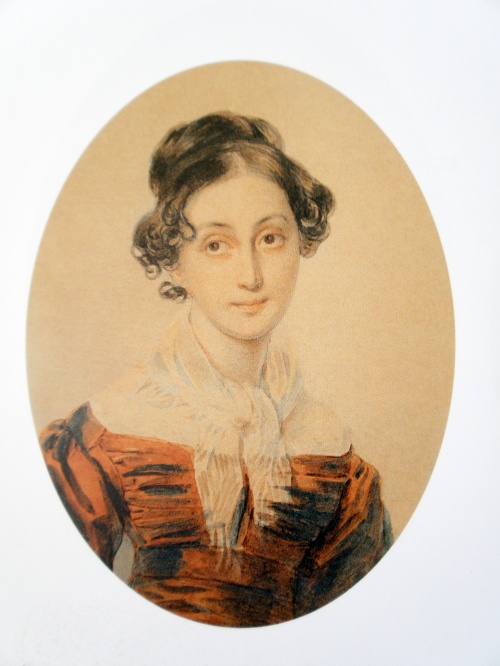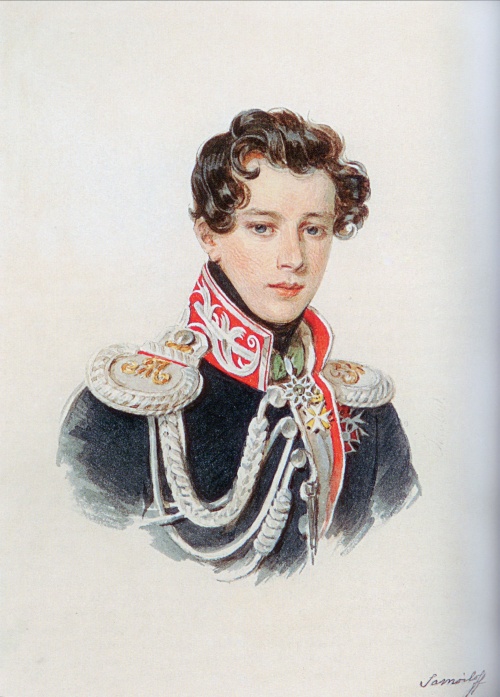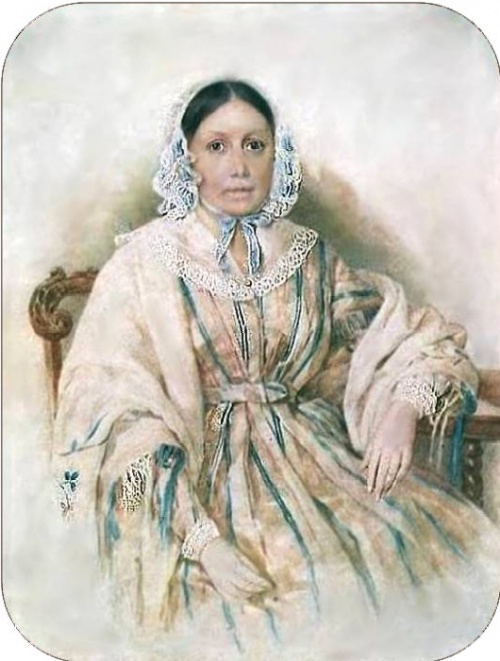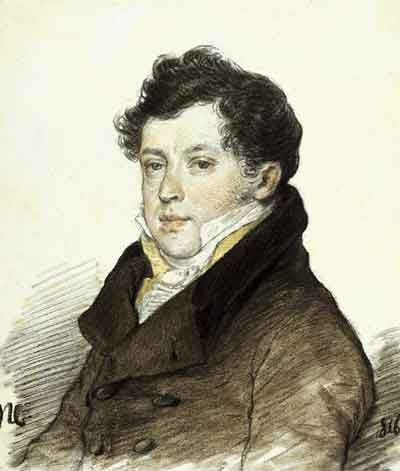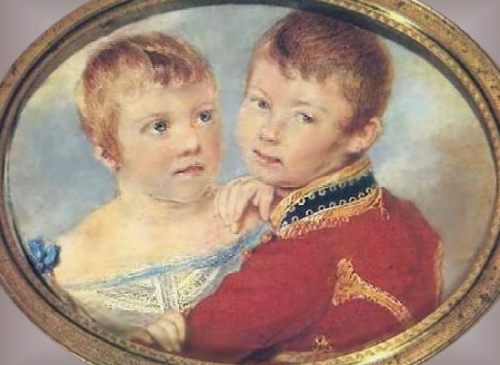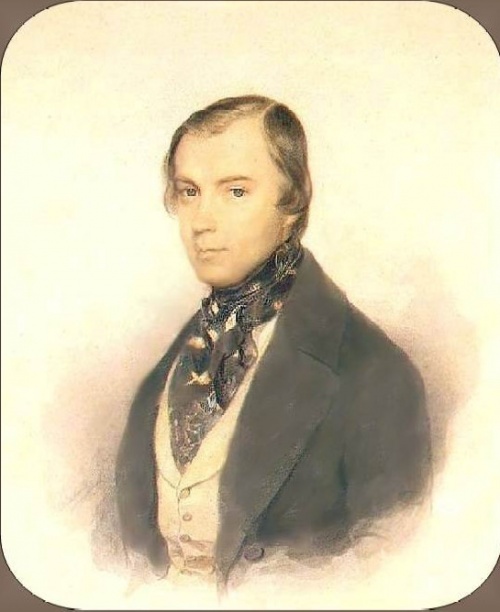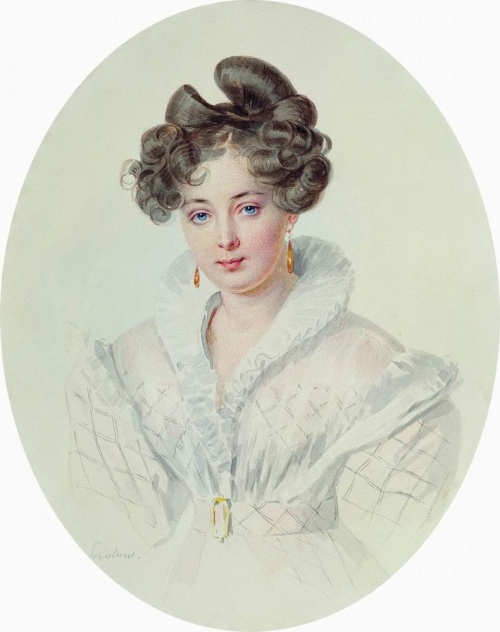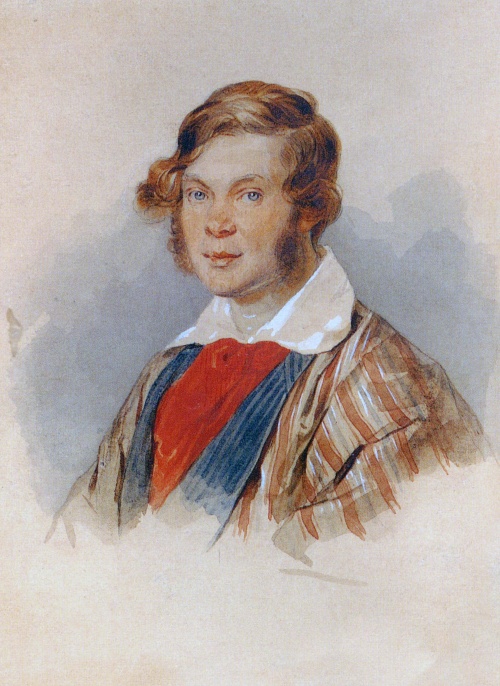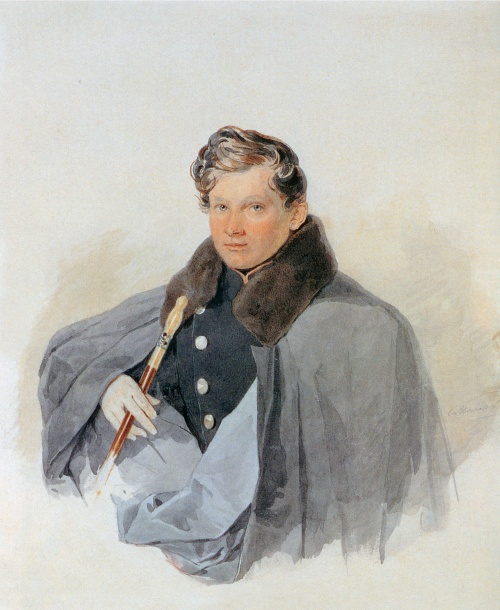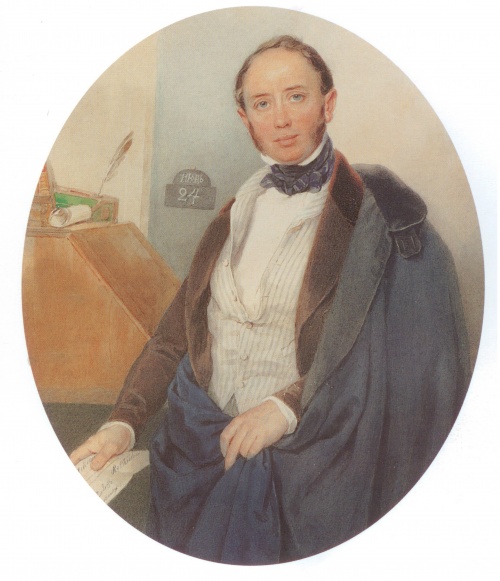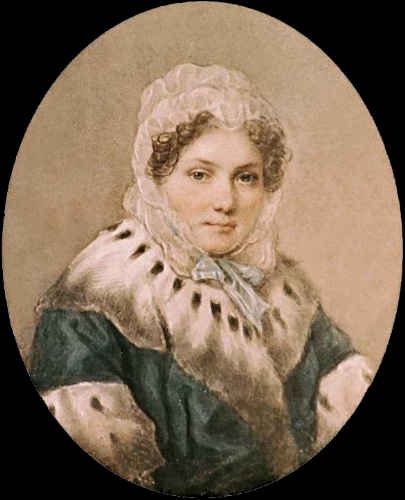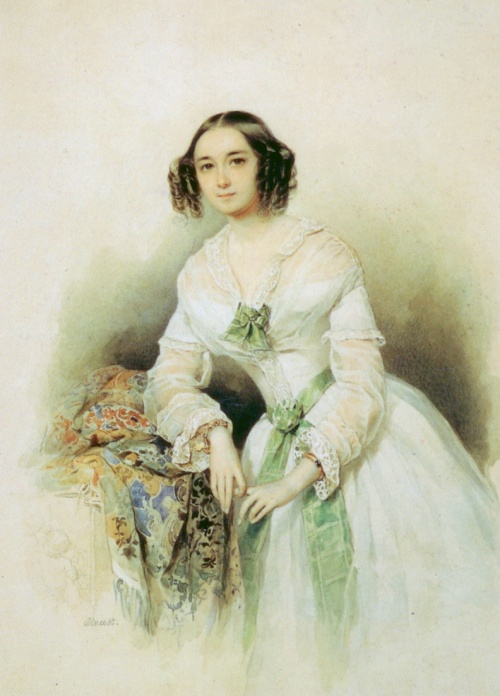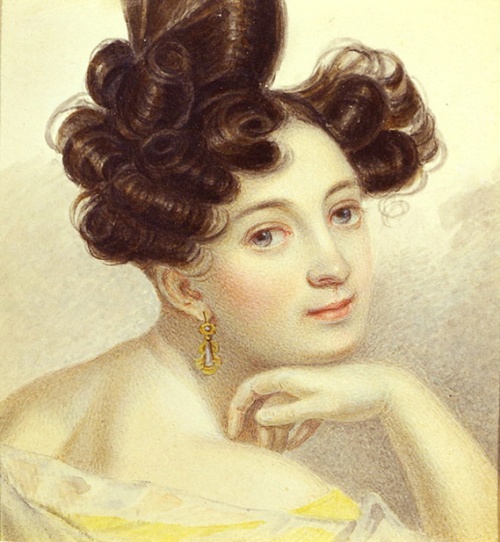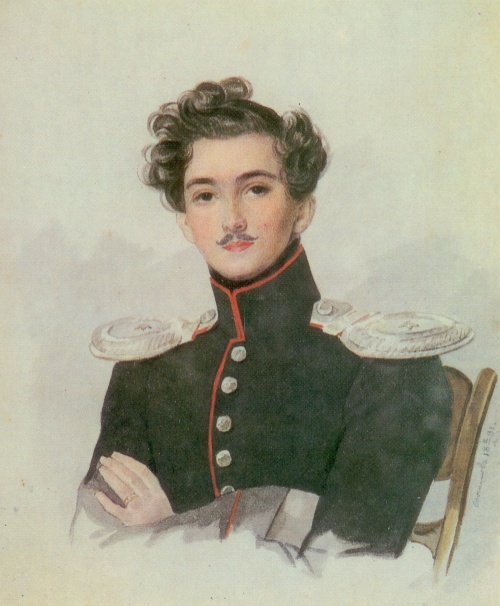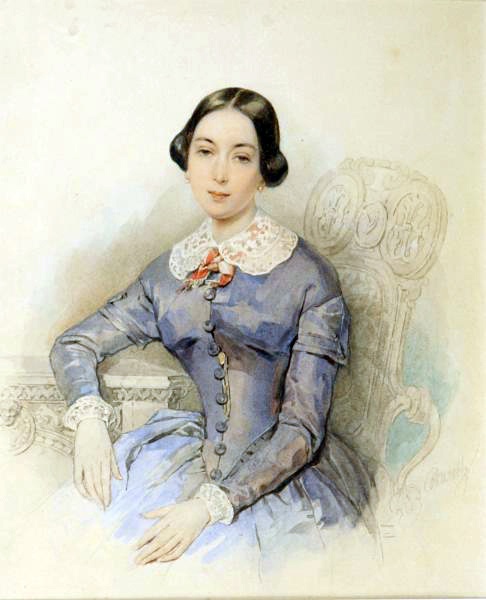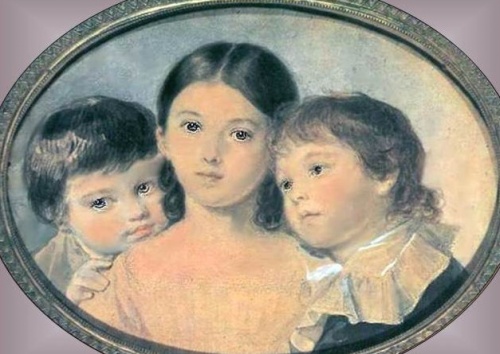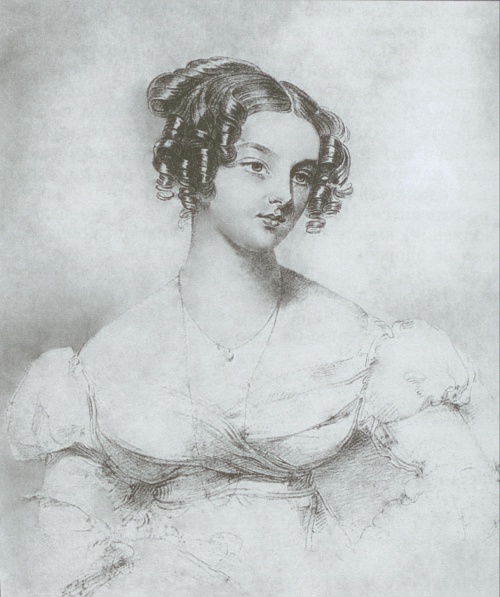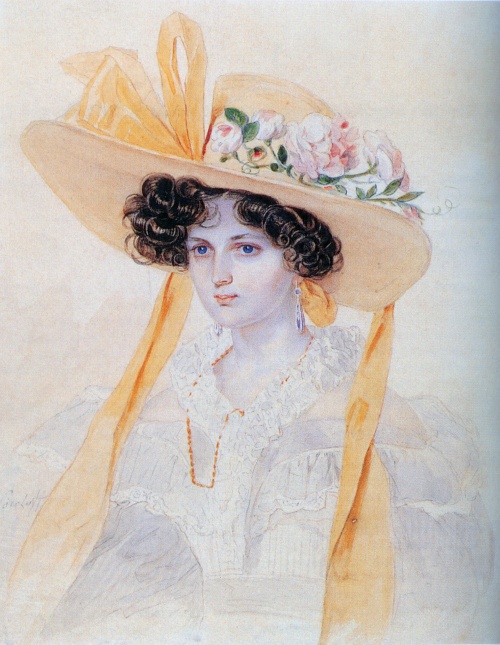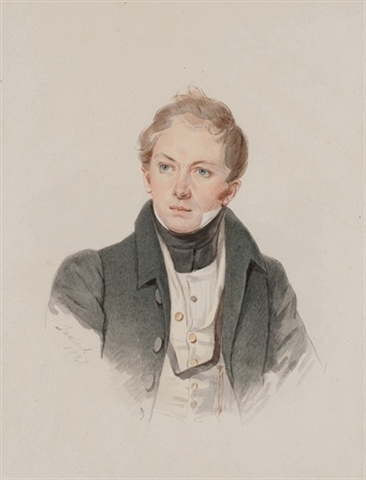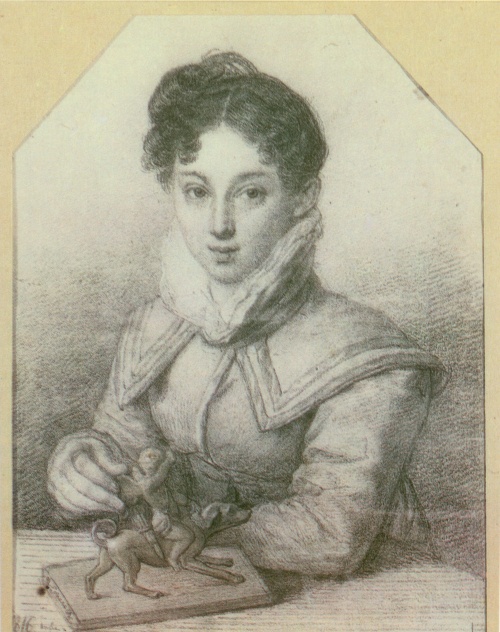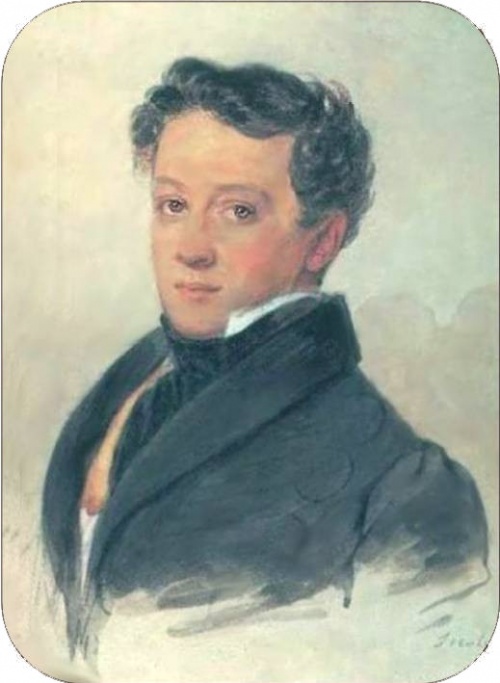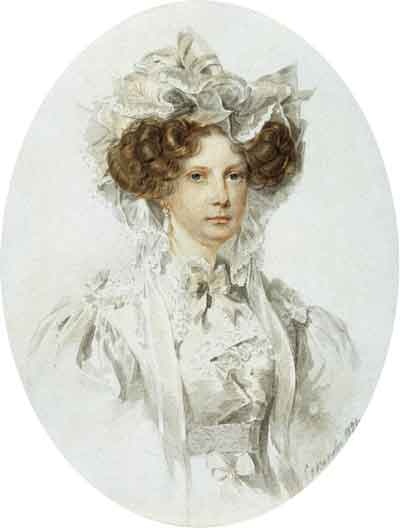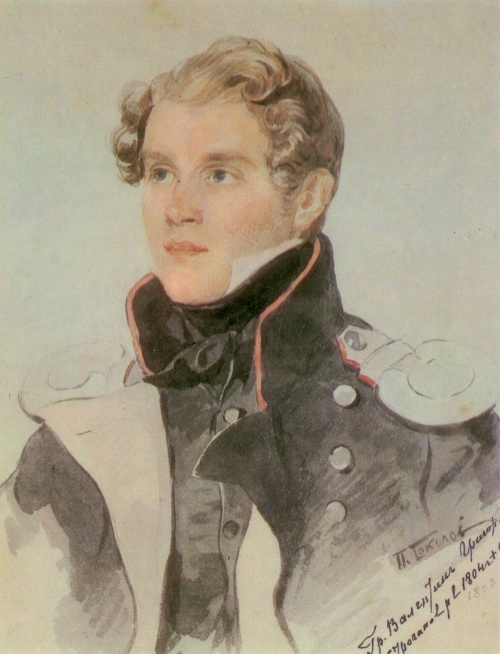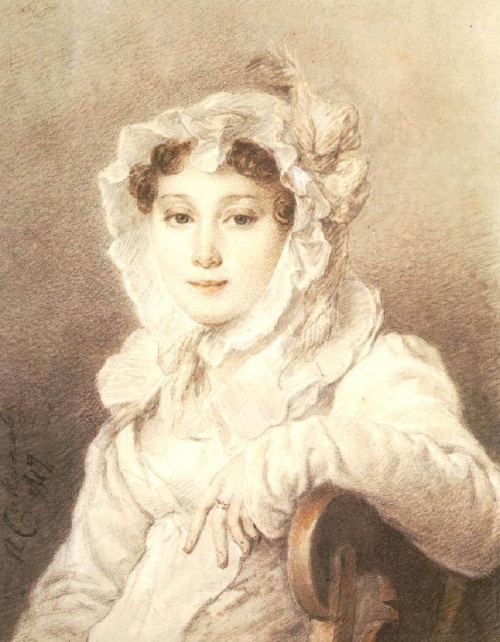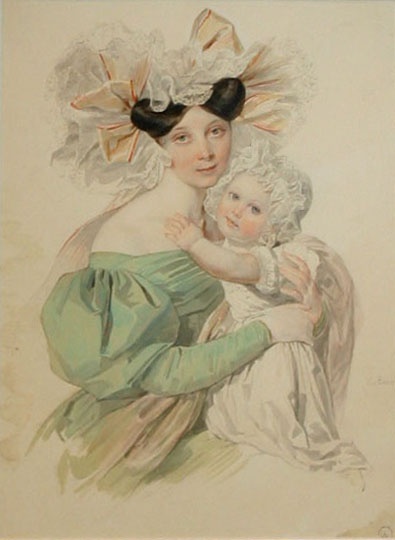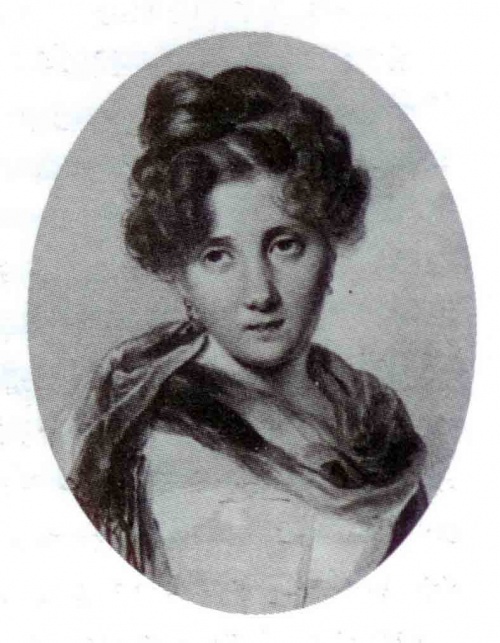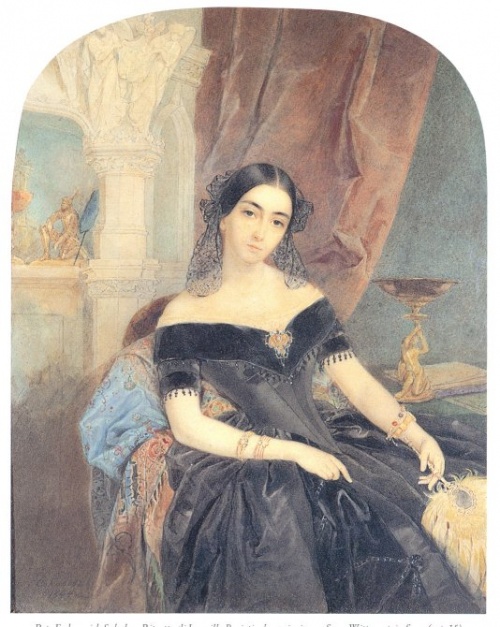Russian watercolor painter Petr Fedorovich Sokolov (123 works)
Разрешение картинок от 292x379px до 4551x5755px
Pyotr Fedorovich Sokolov (1791, Moscow - August 3 (15), 1848, village of Stary Merchik, now Kharkov region of Ukraine) - Russian watercolor painter.
Born into a wealthy Moscow family. The father, an avid gambler, lost money, and the house and all his property were foreclosed on for debts, so in 1800 his wife was forced to go with her young son to St. Petersburg, with the hope of placing the child somewhere at government expense. The only place could be the Academy of Arts, where young children, as a rule, orphans or boys from among poor people of free rank, were recruited for their support and education. Having some connections in the capital, the mother managed to carry out her plans. In 1800, Pyotr Fedorovich was accepted as a student of the Imperial Academy of Arts and studied there under the close guidance of Professor V. Shebueva.
Portrait of the artist's wife Julia, 1827
Having completed the course there in 1809 with a small gold medal received for the painting: “Andromache mourns her husband Hector, who fell in battle,” and with the title of artist of the XIV class, he was left at the Academy as a pensioner for further improvement. At the end of the course in 1810, Sokolov, having not received the first gold medal giving the right to travel abroad at government expense, left the Academy with the title of “free artist,” thereby finding himself without any means of subsistence. He had to give private lessons in the houses where he found refuge. This was the time of passion for watercolor painting “at home”: many wealthy amateurs considered it necessary to take lessons from professionals. That's how he got into high society.
Leaving oil painting, he took up watercolor and achieved great perfection in it. His watercolor portraits were especially valued, remarkable for their similarity, beautiful design and pleasant colors. For them, in 1839, he was awarded the title of academician.
At the end of his life, Sokolov finally decided to move to Moscow, which was associated not only with the need for new orders, but also with the intention to live quietly. In 1842, wanting to improve his wife’s poor health, the artist undertook a trip abroad. He stayed there for a year and a half. In the fall of 1843, Sokolov returned to Russia.
For some time he lived in St. Petersburg, busy organizing his affairs and the fate of his sons. There were still many orders, but my eyesight was beginning to weaken. Soon the family moved to Moscow and settled on Myasnitskaya Street.
In 1848, at the invitation of Countess O.I. Orlova-Davydova, the artist visited her estate Merchik, near Kharkov, where he became infected with cholera, which was then rampant, and after severe suffering died on August 3. He was buried in the local cemetery.
[edit] Family
He was married in 1820 to Yulia Pavlovna Bryullova (1804-1877), sister of the famous K. Bryullov, with whom he maintained friendly relations. However, Bryullov himself did not have any special sympathy for him and even suspected him of counting on a profitable inheritance. The marriage turned out to be happy, and the artist repeatedly spoke lovingly of his “Julie.” The family lived together. The husband and wife found complete agreement in everything and experienced forced separations associated with the master’s trips to fulfill orders. Sons were born into the Sokolov family:
* Sokolov, Pyotr Petrovich (1821-1899), also watercolorist,
* Sokolov, Pavel Petrovich (1823-1826),
* Sokolov, Pavel Petrovich (1826-1905),
* Sokolov, Alexander Petrovich (1829-1913).
